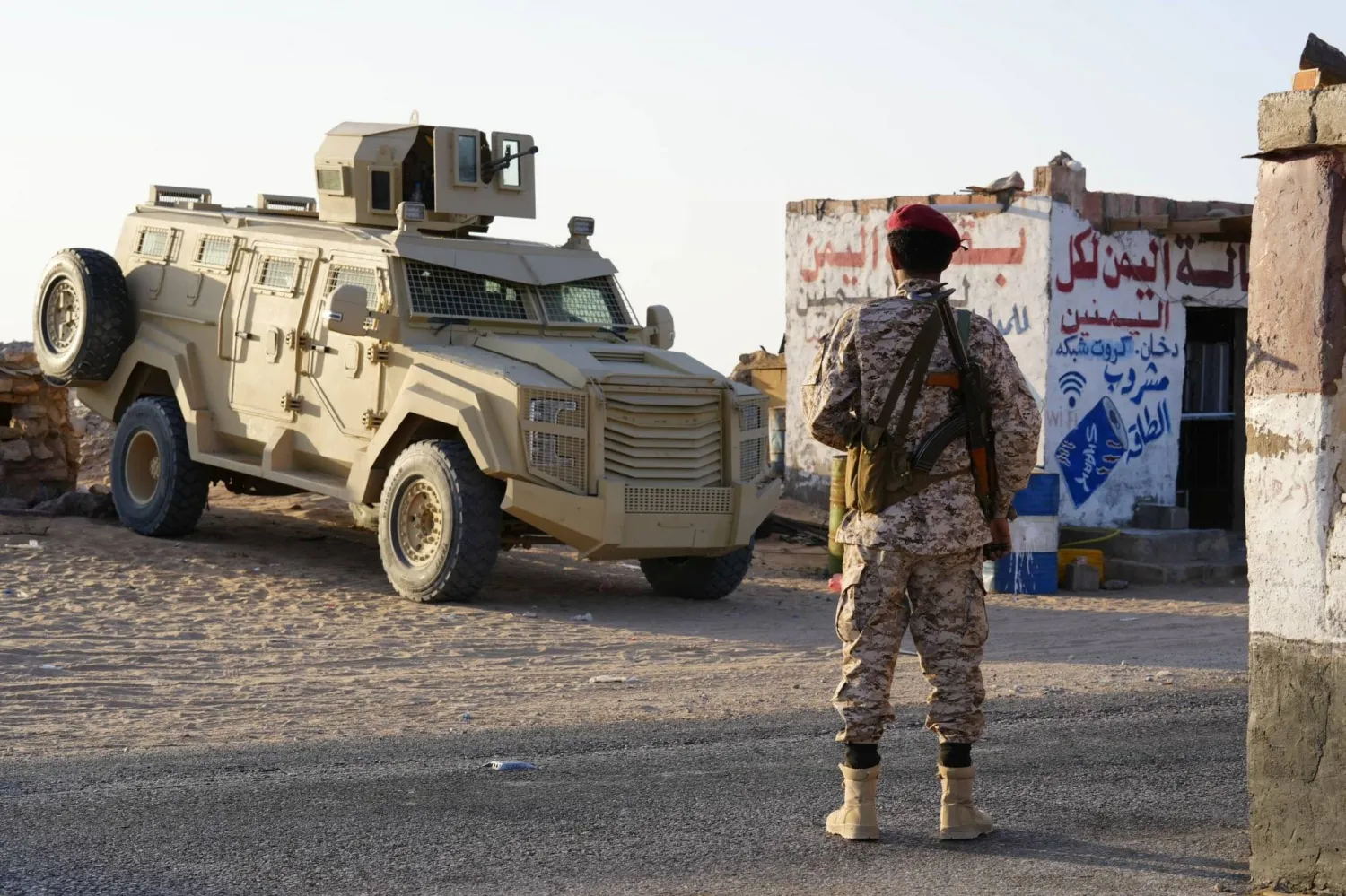Experts and officials have warned that the defeat of ISIS geographically, by taking down the extremist group’s final Syria stronghold in the eastern city of Baghouz, does not deter the threat of resurgence and sleeper cells in western Iraq and eastern Syria.
Political divisions, the absence of proper representation of all sects, economic turmoil, chaos and regional pull in Syria and Iraq present ISIS with a golden opportunity to reach out to local communities and rebuild its base.
These factors have persisted, and some have deepened since the defeat of ISIS in Iraq three years ago and in Syria a year ago.
More so, the emergence of the novel coronavirus in these two countries exposed political, economic and social shortcomings, setting the stage for an ISIS return.
In Iraq, ISIS has intensified its attacks against security forces and government institutions, taking advantage of the preoccupation of Iraqi forces with government formation consultations, the coronavirus and internal tensions, some of which are linked to the US assassination of Iranian General Qassem Soleimani.
In Syria, the past weeks have witnessed two waves of ISIS attacks: The first took place at the beginning of April, when violent clashes erupted in the desert of Sukhna in the eastern Homs countryside, following a surprise attack that killed about 30 members of the regime forces and loyalists. The second took place last Thursday, when ISIS launched a new attack near Deir Ezzour countryside, in which 11 regime forces were killed.
It became clear that ISIS is still able to gather its forces to execute attacks and kidnappings against both civil and military targets. The group has focused its attacks on oil facilities near the Sukhna desert, where it lost control in 2017.
In the region east of the Euphrates River, where the international coalition forces are deployed, the Kurdish-Arab Syrian Democratic Forces (SDF) frequently launch preemptive strikes on ISIS pockets in the area, and the US military conducts airstrikes in search of ISIS leaders.









